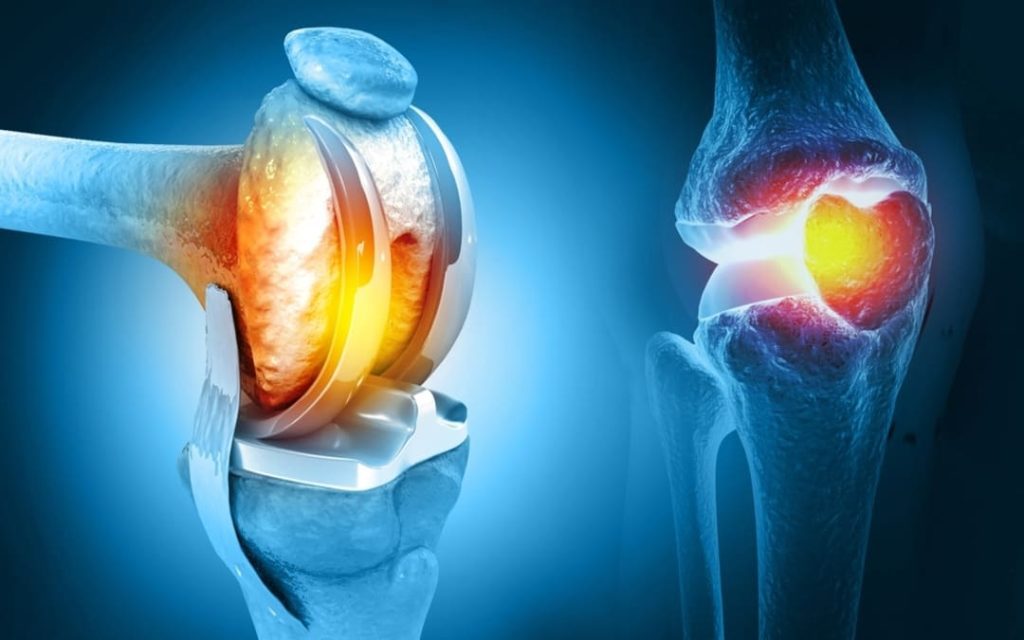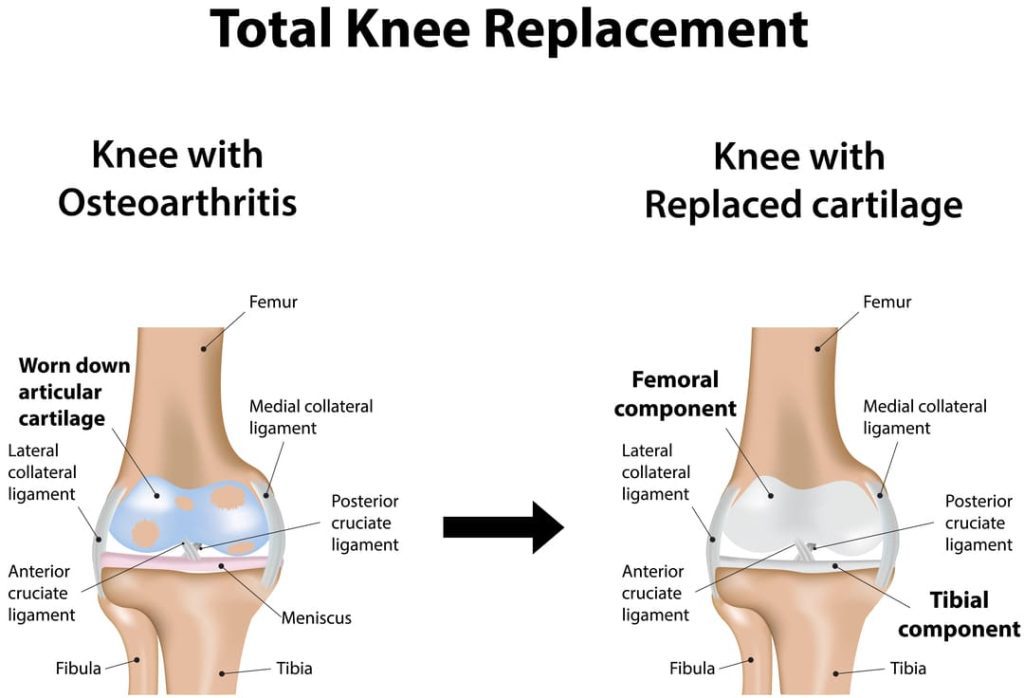Looking for Expert-Level VA Claim Answers?📱Call Us Now! 737-295-2226
This post covers five key facts every veteran should know about a knee replacement VA disability.
It’s not uncommon for veterans to qualify for VA disability for knee replacement, considering the physical demands of the military.
If you’ve received a knee replacement, you deserve the appropriate compensation and benefits as you work on getting back on your feet.
Let’s get started!
Table of Contents
You DESERVE a HIGHER VA rating.
Take advantage of a VA Claim Discovery Call with an experienced Team Member. Learn what you’ve been missing so you can FINALLY get the disability rating and compensation you’ve earned for your service.

Summary of Key Points
- The VA rates knee replacements at 30%, 60%, and 100% under 38 C.F.R. § 4.71a Code 5055.
- Eligible veterans will receive a temporary 100% VA disability for knee replacement for the first four months post-surgery and then will be re-evaluated.
- A compensation & pension exam will help determine your knee replacement VA rating after your surgery.
Knee Replacement VA Disability: 5 Key Facts
How to Receive VA Disability for Knee Replacement
You can qualify for knee replacement VA disability through a direct service connection, a secondary service connection, or by way of aggravation. Let’s take a look.
Direct Service Connection
A direct service connection for a VA disability for knee replacement is an event in the service that directly caused your knee injury. For example, maybe you were required to jump off a platform resulting in a knee injury.
To get a direct service connection for your VA disability for knee replacement, you’ll need the following:
- A current diagnosis
- An in-service event, injury, aggravation, or illness
- A medical nexus (link) between the current diagnosis and the in-service event, injury, aggravation, or illness.
Secondary Service Connection
A secondary service connection means that you have a service-connected condition that caused the current condition in your knee that you are providing for your VA disability for knee replacement claim.
For example, if you injured your left hip in the service and walk differently to compensate for the hip pain, that altered walking could cause your knee condition. Now you have a knee condition that is secondary to your service-connected hip injury.
Aggravation
Maybe you had the knee condition already, but a service-connected injury has caused it to become worse.
For example, let’s say you injured your foot in the service. That service-connected injury then aggravated your previously existing knee condition, making it worse.
Maybe your knee condition was mild before, but due to the service-related injury in the foot, the knee condition has become quite severe.

Does Knee Replacement Increase Your VA Disability Rating?
Yes, you will be granted a temporary 100% VA disability rating for knee replacement for the initial four months after your surgery. Following this period, the VA will reassess your condition and assign a new VA rating accordingly.
How the VA Rates Knee Replacements
The VA rates knee replacements at 30%, 60%, and 100% under 38 C.F.R. § 4.71a Code 5055.
Eligible veterans will receive a temporary 100% VA disability for knee replacement for the first four months post-surgery and then will be re-evaluated.
VA Rating Chart for Knee Replacement
| DC 5055, Knee, resurfacing or replacement (prosthesis) | VA Rating |
| For four months following implantation of prosthesis or resurfacing | 100% |
| Prosthetic replacement of the knee joint with chronic residuals consisting of severe painful motion or weakness in the affected extremity OR Prosthetic replacement of knee joint with intermediate degrees of residual weakness, pain, or limitation of motion rate by analogy to ankylosis of the knee, limitation of extension of the leg, or impairment of the tibia and fibula | 60% |
| Minimal evaluation, total replacement only | 30% |
Note: After the initial four-month period, you will be re-evaluated based on the limited range of motion, pain, and knee weakness.
VA Rating for Knee Replacement Scar
VA ratings for knee replacement scars vary depending on the size of your scar(s). In addition, each scar is rated separately before being combined for your final VA rating.
You can determine your appropriate VA rating for Knee Replacement Scar with the following:
- 10% for scars that take up an area of more than 6 but less than 12 square inches
- 20% for scars that take up an area of more than 12 but less than 72 square inches
- 30% for scars that take up an area of more than 72 but less than 144 square inches
- 40% for scars that take up an area of 144 square inches or more
The VA rating for knee replacement scars follows the same criteria as all other VA ratings for scars and can be found here.

How to Apply for VA Disability for Knee Replacement
Before receiving a knee replacement VA rating, you must submit a claim to the VA by following the below steps.
- Gather your evidence and supporting documents (i.e., VA medical records, hospital records, private medical records, Independent Medical Opinion or Nexus Letter, hospital reports, and supporting statements)
- Submit your VA Form 21-526EZ claim online, in person at your local regional VA office, or by mail to:
Department of Veterans Affairs
Claims Intake Center
PO Box 4444
Janesville, WI 53547-4444
- Await your decision
- If denied (or underrated), consider your options.

C&P Exam for VA Knee Replacement Rating
You’ll likely be required to attend a C&P exam for VA disability for knee replacement.
Since your knee replacement VA rating will depend on the severity of your situation after your surgery, it’s essential you don’t miss your C&P exam to prevent losing out on critical benefits.
When your initial four months are complete, a C&P exam will help determine whether you’ll continue receiving a 100% VA Rating or if you qualify for 30% or 60%.

NEED MORE ASSISTANCE?
Most veterans are underrated for their disabilities and, therefore, not getting their due compensation. At VA Claims Insider, we help you understand and take control of the claims process, so you can get the rating and compensation you’re owed by law.
Our process takes the guesswork out of filing a VA disability claim and supports you every step of the way in building a fully-developed claim (FDC)—so you can increase your rating FAST!
If you’ve filed your VA disability claim and have been denied or have received a low rating—or you’re unsure how to get started—reach out to us! Take advantage of a VA Claim Discovery Call. Learn what you’ve been missing—so you can FINALLY get the disability rating and compensation YOU DESERVE!




